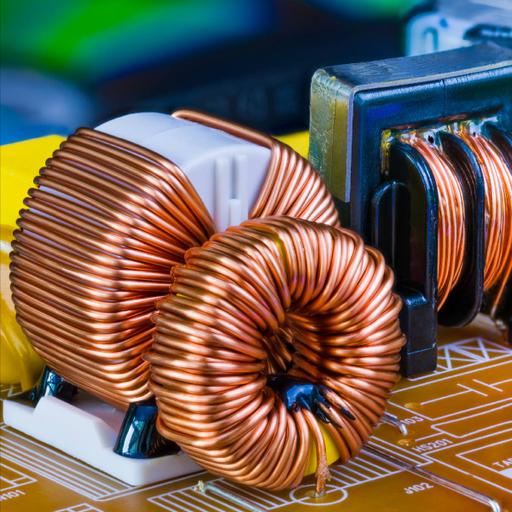Inductors
Presentations | English
If you happened to have opened up any kind of electrical device and snuck a peak onto the circuit board, you are very likely to have seen coiled wires on it. Well, have you ever wondered what their purpose was? They are called inductors and they are simply the circuit components which store energy in the form of a magnetic field. They are typically made of an insulated wire wound either around a ferromagnetic core material or simply air. They are named after the property of an electric conductor or circuit which causes the generation of a back e.m.f by the variation of current passing through it, ie. Inductance. The magnetic flux around the coil can induce a temporary electromotive force, when the flow of current fluctuates. Inductance is given the symbol L as a tribute to Heinrich Lenz and its unit is Henry (H) given after Joseph Henry, who is known for Electromagnetic Induction. Inductors are often used as chokes in circuits as it allows Direct Current to pass while blocking only Alternating Current. They are also used in switching circuits like DC-DC buck converters. Inductors can be seen in electronic filters that separate signals of different frequencies. They can also be used along with capacitors to make tuned circuits, which are used to tune radio and TV receivers. Even transformers function on the principle of induction. Based on the core material around which the wire is wound up, inductors are mainly three, viz. Iron Core inductors, Air Core Inductors and Ferrite Core Inductors. Though inductors are very simple components, it is inevitable in almost all electric circuits since they play a critical role in power electronics. Inductors are typically expensive as they are made of Copper and Iron. So the applications of inductors have been confined to areas where such an expense can be justified such as telecom equipments, radios and power supplies. Please check the presentation for a detailed description.

15.00
Lumens
PPTX (30 Slides)
Inductors
Presentations | English
